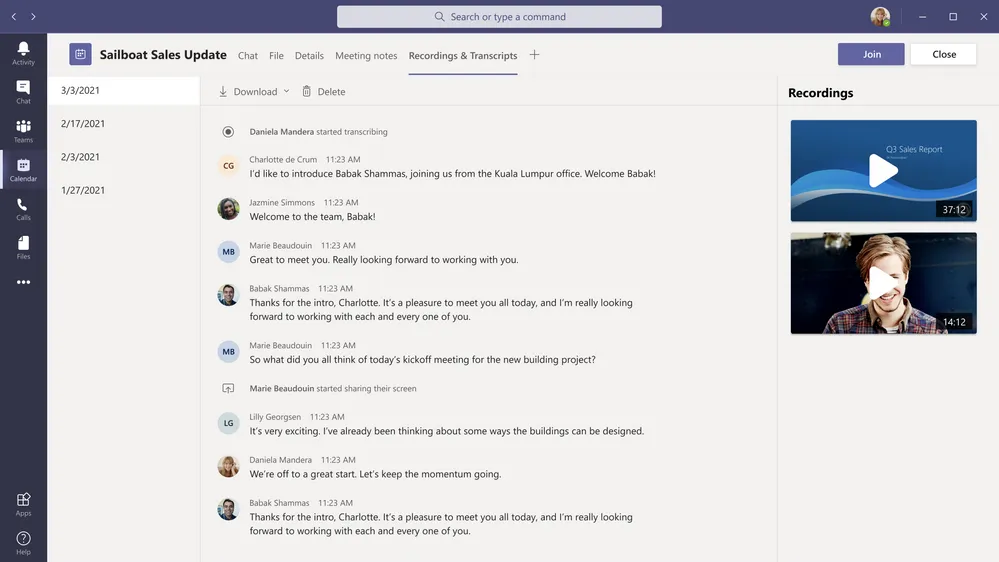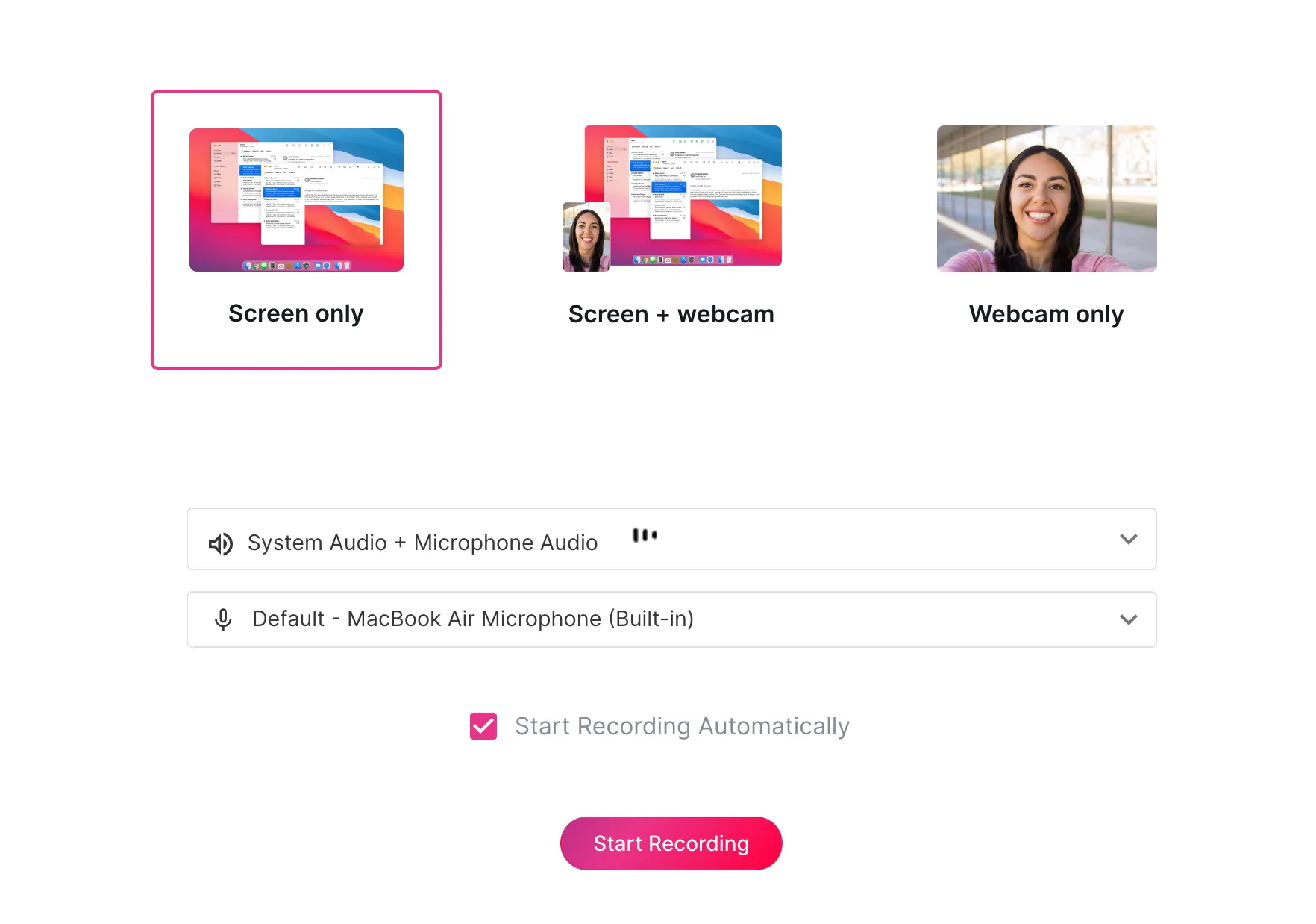Have you ever found yourself wishing you could replay specific segments of a Microsoft Teams meeting, or pause at a critical moment to fully grasp the details? Imagine being able to revisit every utterance, dissect crucial elements, and effortlessly share pivotal parts of the discussion. This is where the functionality of Teams transcripts comes into play, acting as a vital resource for recapturing the essence of your meetings.
This comprehensive guide is designed to demystify the process of accessing and utilizing transcripts in Microsoft Teams. It aims to provide you with a clear, step-by-step approach, eliminating the need for frantic note-taking and leveraging the advantages of automated transcription technology.
Essential Preliminaries
- Enabling Transcription: This pivotal step is your gateway to accessing transcripts. For administrators, this option can be activated in the Teams Admin Center under 'Meeting Policies'. Regular users can find this setting in the 'Meeting Options' when scheduling a meeting.
- Meeting Recording: While transcripts can be utilized independently, pairing them with meeting recordings can significantly enrich your experience. It's advisable to record your meetings to gain additional context, which complements the written transcript.
Accessing Your Transcript: A Step-by-Step Guide
- Via Meeting Chat: Begin by going to the meeting chat in your Teams calendar. After a meeting concludes, look for the 'Meeting ended' notification, which includes a link to the transcript. This link will direct you to a summary of the transcript, along with options to download it.
- Alternative Method: Another way to access the transcript is by clicking the three dots beside the chat header and selecting 'Show transcript'. This method provides a straightforward path to the transcript within the Teams interface.

Downloading Your Transcript: Format Options
When downloading your transcript, you have a couple of format choices:
- .Copy (Editable Format): This format is ideal if you plan to edit the transcript or share it in a customizable format.
- .vtt (Video Synchronization): Choose this format if you intend to synchronize the text with video recordings in third-party software, enhancing the multimedia experience.
ScreenApp's Teams Transcriber Tool
To further augment your transcription experience, consider using ScreenApp's Teams Transcriber Tool. This add-on offers several advanced features:
While MS Teams offers built-in transcription, ScreenApp's dedicated transcriber tool might be a more compelling choice for several reasons:
Enhanced Accuracy and Customization: ScreenApp boasts a powerful AI engine that delivers highly accurate transcripts, even for complex audio with multiple speakers or background noise. Additionally, it offers speaker identification, allowing you to easily distinguish who said what. MS Teams' transcription, while functional, can struggle with accuracy, particularly in challenging audio situations.
Seamless Integration and Streamlined Workflow: ScreenApp seamlessly integrates with your existing video editing workflow. You can upload any video file, transcribe it automatically, and edit the transcript directly within the platform. This streamlined process saves you time and effort compared to the disjointed workflow of transcribing within Teams and then exporting the transcript for further editing.
Advanced Features and Flexibility: ScreenApp goes beyond basic transcription with valuable features like vocabulary customization, custom glossaries, and timestamped annotations. This empowers you to tailor the transcript to your specific needs and preferences. MS Teams' transcription, on the other hand, is more limited in its functionality.
Using it is simple:
1. Record a call or meeting:
Within a Teams meeting, click the "Record" button to initiate recording.
Once the meeting ends, the recording will be automatically saved to Microsoft OneDrive or SharePoint, depending on your organization's settings.


2. Access the recording:
Locate the meeting recording in your OneDrive or SharePoint library.
3. Transcribe with ScreenApp:
Open the ScreenApp web app or desktop app.
Click the "Upload" button or drag and drop the Teams meeting recording file into the ScreenApp interface.
Select "Microsoft Teams Call Transcription" as the transcription type.
Choose your preferred language for transcription.
Click the "Transcribe" button to initiate the transcription process.

4. View and edit the transcript:
ScreenApp will generate a transcript of the meeting, typically within a few minutes.
You can review the transcript, make edits, and highlight important sections.
Use the search bar to quickly find specific keywords or phrases within the transcript.
5. Share and export:
Share the transcript with others directly from ScreenApp or download it as a Word document, PDF, or SRT file.
Integrate with other tools for further analysis or collaboration.
Pro Tip: For maximum convenience, download and install the ScreenApp extension. This allows direct access to transcripts from the meeting chat and ensures that you receive automatic updates when recordings are processed and transcribed.
Conclusion
By following this guide, you can transform your approach to Teams meetings, harnessing the full potential of transcripts to capture, analyze, and share crucial meeting content with precision and ease. Gone are the days of relying solely on memory or hurriedly scribbled notes. Welcome to a new era of meeting efficiency and productivity, powered by the advanced capabilities of Microsoft Teams transcripts and enhanced transcription tools.


